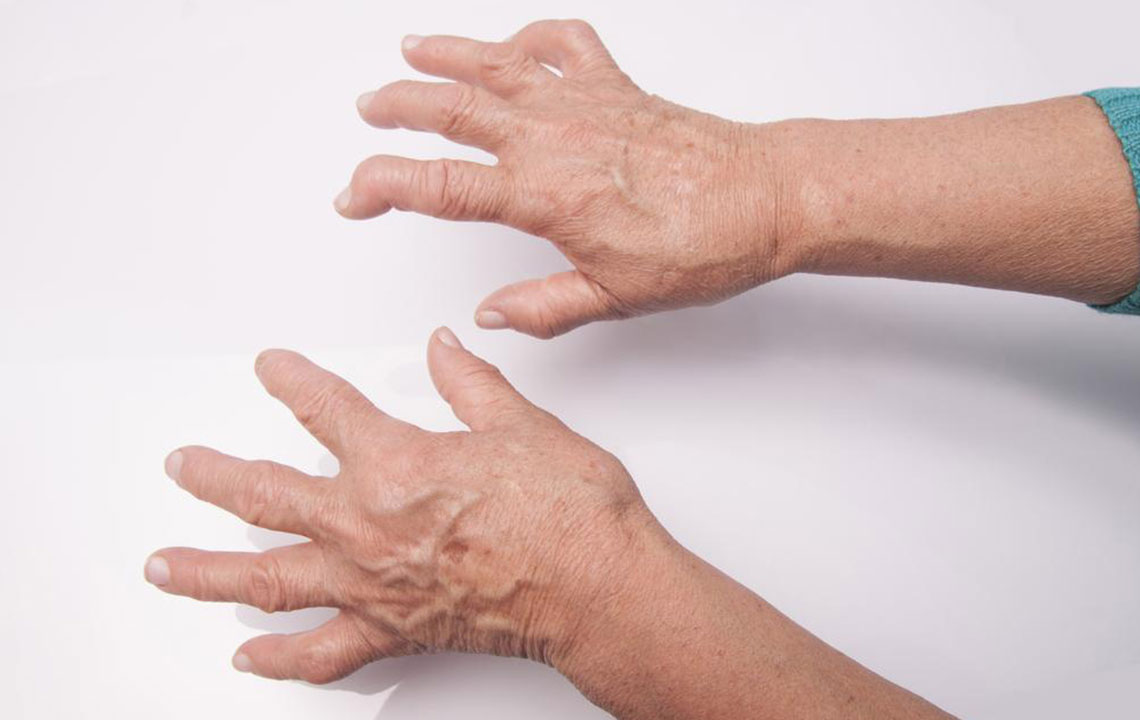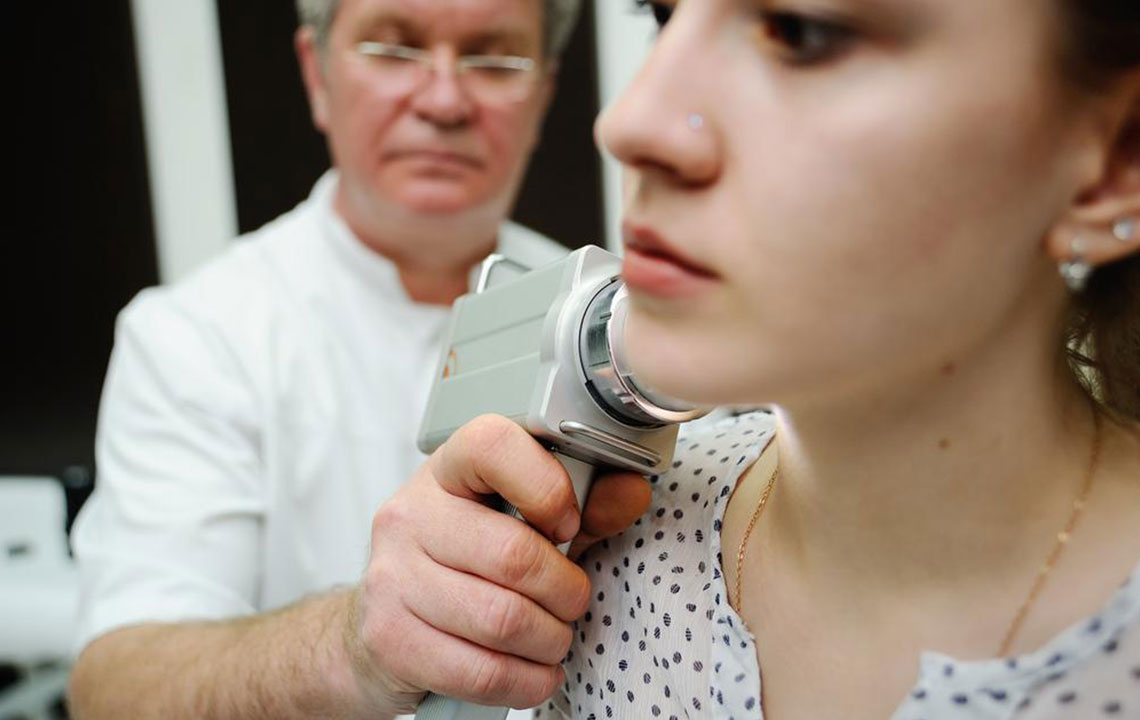Recognizing the Key Signs of Lupus Early
This article highlights early signs and symptoms of lupus, including fatigue, low-grade fever, hair thinning, and distinctive skin rashes. It emphasizes the importance of early detection for better prognosis and discusses how lupus can impact organs like kidneys and lungs. Awareness of these symptoms can help prompt timely medical intervention, improving quality of life for those affected by this autoimmune disease.

Recognizing the Key Signs of Lupus Early
Lupus is a chronic autoimmune disorder characterized by periods of flare-ups and remission. This pattern is typical of many autoimmune conditions, where the immune system mistakenly attacks the body's own tissues due to hyperactivity. Initial symptoms often resemble common illnesses, making early detection crucial for better outcomes. With consistent medical care and timely treatment, individuals can enjoy a normal active life. Early symptom awareness significantly improves prognosis, so recognizing the initial signs is vital. Around 90% of patients experience ongoing fatigue, which signals possible lupus activity and warrants attention.
Another early indicator is a low-grade fever ranging from 98.5°F to 101°F, which occurs intermittently without clear cause. Hair thinning and breakage, often termed 'lupus hair,' is also common, affecting not just scalp hair but other body hair as well. Additionally, a distinctive butterfly-shaped rash across the nose and cheeks may appear, sometimes extending to other body parts.
Systemic lupus erythematosus is a severe form that can damage various organs. Kidney involvement, known as nephritis, can cause swelling in the legs and high blood pressure, with darker or bloody urine and flank pain. If untreated, it may progress to kidney failure. Lung complications can develop, leading to inflammation that reduces lung capacity, causing difficulty in breathing, chest discomfort, and hypoxia—a condition called Vanishing Lung Syndrome. As multiple organs get affected, symptoms can intensify, but not all symptoms appear in every patient.










